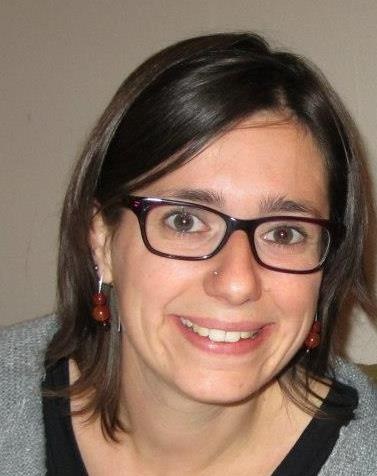The impact of Giardia spp. as a reference pathogen in urban water systems

Global urban growth and climate change pose major challenges to ensuring people's quality of life. The quality of surface water in urban areas plays an important role for public health. In this project, methodologies for sustainable water resources planning were developed that account for these future changes. The urban system was considered holistically with different possible pathways of entry of waterborne pathogens: via wastewater treatment plant emissions, stormwater overflows, and via animal entry. Among others, Giardia was chosen as a reference pathogen, being a protozoan parasite that can cause infections in humans and animals. The innovative use of molecular biology methods to quantify genetic markers and for genotyping Giardia made it possible to determine the origin of fecal contamination and its significance for urban surface water quality. Mathematical simulation models were developed to represent the different input pathways, hydrological transport processes and the necessary infection control for bathing and drinking water production. In Austria, unlike Germany, giardiasis is not reportable. Therefore, there was a lack of information so far about the number and sources of such cases. Collecting data sets at different levels in combination with the predictive models helped to gain more insights. We now know that in the Viennese urban rivers, we find the same Giardia genotypes as in human patients. With the exception of five samples bearing the dog genotype and one sample bearing the ruminant genotype, we did not find any of the specific animal genotypes. The model scenarios for the investigated rivers showed little impact of future changes on river microbiological water quality and infection risk. Both rivers were found to be impacted from combined sewer overflows (CSOs) during heavy rainfalls and by emissions from wastewater treatment plants. The results indicate possible strategies and important fields of action for improving the river water quality. For the Danube catchment up to Vienna, for example, adapted wastewater treatment combined with the avoidance of CSOs showed the most positive effects for safe river water use. In addition, the model results provided new insights into the seasonal variability of infection risks, and the uncertainty due to differences in regional climate scenarios for future periods. Overall, the results provided a better understanding of the impact of human and animal fecal pollution on urban water safety. The methodologies developed can support the selection of appropriate measures in urban river basins, facilitating sustainable management of urban water security as proposed in the WHO water quality guidelines. The methodologies developed in the project were tested on the example of the city of Vienna and can be adapted for other cities and other uses.